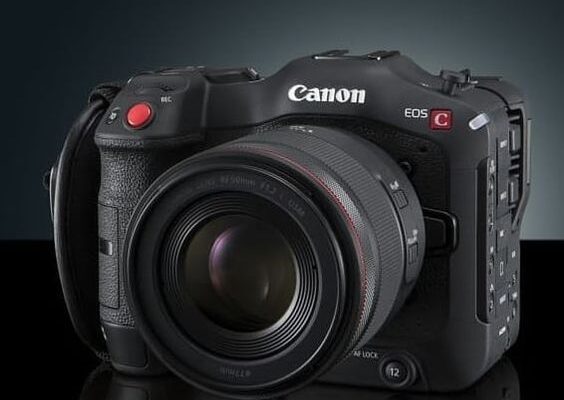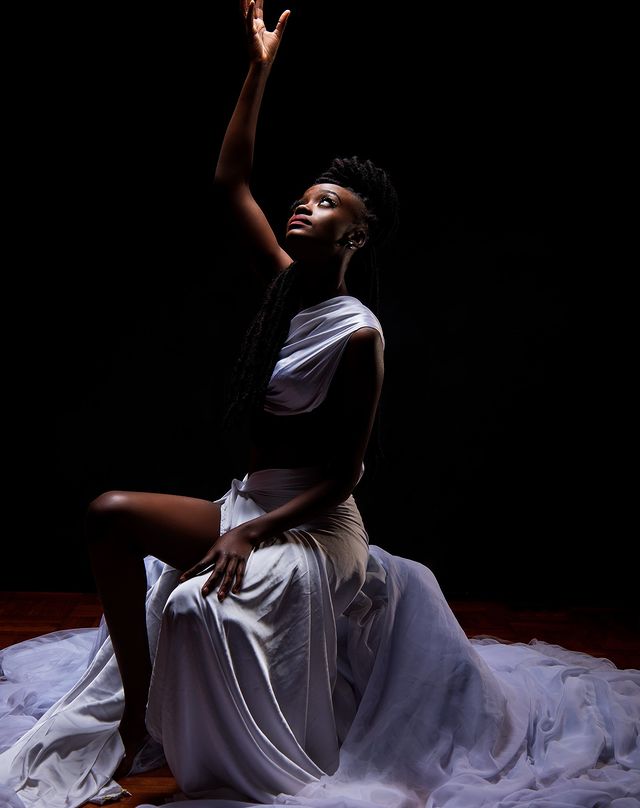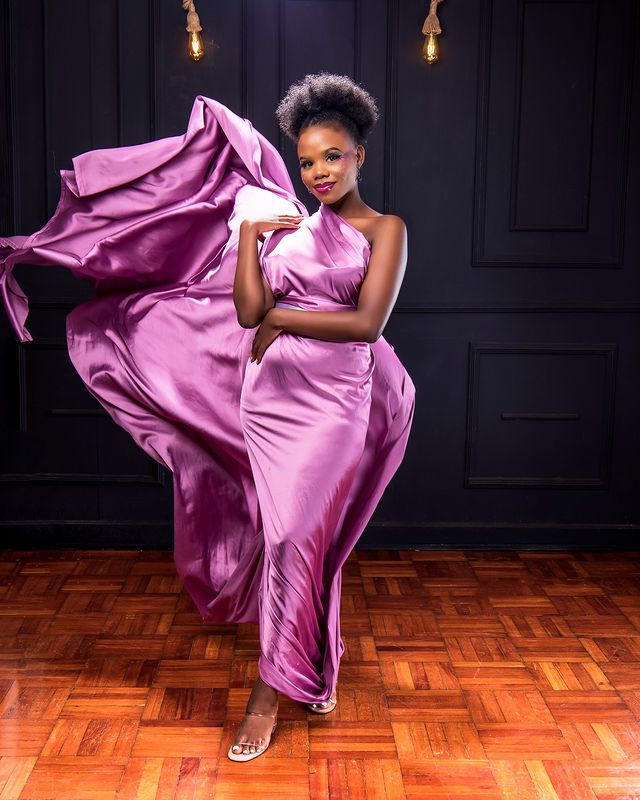
Unlock Cinematic Excellence with the Canon EOS C70
For a photographer, achieving high-end results often requires lugging around bulky equipment or assembling a sizable crew. But what if there was a game-changer—a camera that marries top-notch performance with portability? Enter the Canon EOS C70, a compact powerhouse that redefines the possibilities of cinematic storytelling.
4K Super 35mm DGO Sensor
At the heart of the EOS C70 lies its revolutionary 4K Super 35mm DGO sensor, boasting Dual Gain Output (DGO) technology. This groundbreaking innovation translates to footage that’s not only pristine and detailed but also remarkably low-noise, with shadows and highlights rendered in exquisite clarity. With the EOS C70, capturing the essence of your story with rich, nuanced imagery has never been easier.
Portability Meets Performance
But the magic doesn’t stop there. Equipped with an Electronic Image Stabilisation (EIS) system and an intuitive touchscreen interface, the EOS C70 empowers solo shooters and small teams to explore new horizons in cinematic expression. Its compact and lightweight design ensures that you can venture into any environment with ease, without sacrificing the cinematic quality you crave.
Unparalleled Flexibility
To top it off, the EOS C70 offers unparalleled flexibility when it comes to recording formats, thanks to its dual UHS-II SD card slots. Whether you’re shooting in XF-AVC, MP4, or both simultaneously, the EOS C70 lets you tailor your workflow to suit your creative vision.
In essence, the Canon EOS C70 is more than just a camera—it’s a gateway to cinematic excellence. With its blend of cutting-edge technology, user-friendly design, and unmatched versatility, the EOS C70 empowers filmmakers to push the boundaries of their craft and bring their visions to life in stunning detail.
Conclusion
Ready to elevate your cinematography game and bring your creative vision to life? Look no further than Pro Studios ke. Our team is equipped with the expertise, passion, and state-of-the-art equipment needed to turn your ideas into cinematic masterpieces. Your cinematic masterpiece awaits!
#CanonC70 #Cinematography #Videography #Photography #Canon












